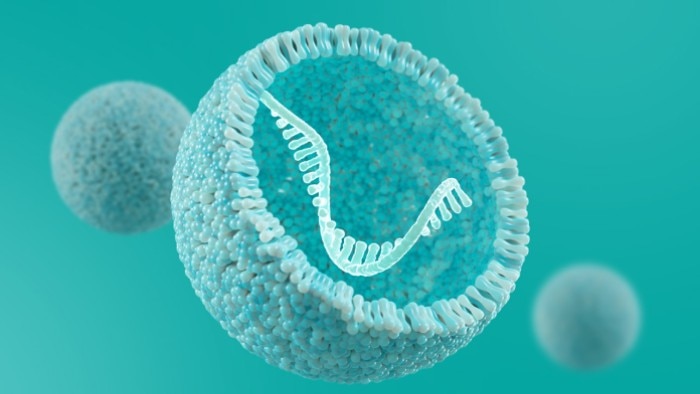MENU
PL | PLN
-
-
-
-
- Forum Labo 2025
- Advanced Therapies Week (ATW) 2025
- SLAS Europe 2025
- Bioprocessing Summit Europe 2025
- Medlab Middle East 2025
- SLAS International 2025
- Biologics World Nordics 2025
- ASIA LABEX: The Lab Show 2025
- BioProcess International Europe 2025
- ISEV 2025
- Future Labs Live 2025
- DataHow Symposium 2025
- Cell 2025
- LabDays 2025
- ASIA LABEX: The Lab Show 2025
-
-
-
-
- Forum Labo 2025
- Advanced Therapies Week (ATW) 2025
- SLAS Europe 2025
- Bioprocessing Summit Europe 2025
- Medlab Middle East 2025
- SLAS International 2025
- Biologics World Nordics 2025
- ASIA LABEX: The Lab Show 2025
- BioProcess International Europe 2025
- ISEV 2025
- Future Labs Live 2025
- DataHow Symposium 2025
- Cell 2025
- LabDays 2025
- ASIA LABEX: The Lab Show 2025
PL | PLN
-
- Benchtop Centrifuges
- Floor-Standing Centrifuges
- Refrigerated Centrifuges
- Microcentrifuges
- Multipurpose Centrifuges
- High-Speed Centrifuges
- Ultracentrifuges
- Concentrator
- IVD Products
- High-Speed and Ultracentrifuge Consumables
- Centrifuge Tubes
- Centrifuge Plates
- Device Management Software
- Sample and Information Management
-
- All Pipettes, Dispensers & Automated Liquid Handlers
- Mechanical Pipettes
- Electronic Pipettes
- Multi-Channel Pipettes
- Positive Displacement Pipettes & Dispensers
- Automated Pipetting
- Bottle-Top Dispensers
- Pipette Controllers
- Pipette Tips
- Automation Consumables
- Dispenser & Pipette Accessories
- Automation Accessories
- Dispenser & Pipette Services
Sorry, we couldn't find anything on our website containing your search term.

Vaccine Research Discovered
Well thought-out tools for pharmaceutical and biotech laboratories
Read more
Read less
TRADITONAL VACCINES
Inactivated vaccines
Inactivated vaccines (e.g., for hepatitis A, rabies, polio) still carry the full repertoire of immunogenic components of the original pathogen. Proper inactivation is mandatory to avoid viral reactivation and replication in the host.
➕ Pathogen inactivation by radiation, heat, or chemical reagents ensures a superior safety profile and advantages in terms of transport and storage.
➖ Require processing of large quantities of the pathogen. The inactivation process can affect the antigen immunogenicity. As the antibody titers reduces over time, several booster doses are needed.
Inactivated vaccines (e.g., for hepatitis A, rabies, polio) still carry the full repertoire of immunogenic components of the original pathogen. Proper inactivation is mandatory to avoid viral reactivation and replication in the host.
➕ Pathogen inactivation by radiation, heat, or chemical reagents ensures a superior safety profile and advantages in terms of transport and storage.
➖ Require processing of large quantities of the pathogen. The inactivation process can affect the antigen immunogenicity. As the antibody titers reduces over time, several booster doses are needed.
Read more
Read less
Live-attenuated vaccines
Repeated subculturing in a foreign host belongs to the most common methods to obtain attenuation of live-attenuated vaccines (e.g., for variola virus, measles virus, rotavirus). With each passage, the virus becomes less virulent. The native viral antigen conformation is still preserved, mimicking the natural infection without causing disease.
➕ Usually produce long-lasting robust cellular and humoral immune responses with only one administration.
➖ Safety issues in immunosuppressed people may occur, weakened strains are difficult to obtain, development time is long, and refrigeration obligatory.
Repeated subculturing in a foreign host belongs to the most common methods to obtain attenuation of live-attenuated vaccines (e.g., for variola virus, measles virus, rotavirus). With each passage, the virus becomes less virulent. The native viral antigen conformation is still preserved, mimicking the natural infection without causing disease.
➕ Usually produce long-lasting robust cellular and humoral immune responses with only one administration.
➖ Safety issues in immunosuppressed people may occur, weakened strains are difficult to obtain, development time is long, and refrigeration obligatory.
Read more
Read less
IMPROVE THE DEVELOPMENT OF VIRAL INACTICATED / ATTENUATED VACCINES
Read more
Read less

*All products are for Research Use Only (RUO).
Read more
Read less
Read more
Read less















